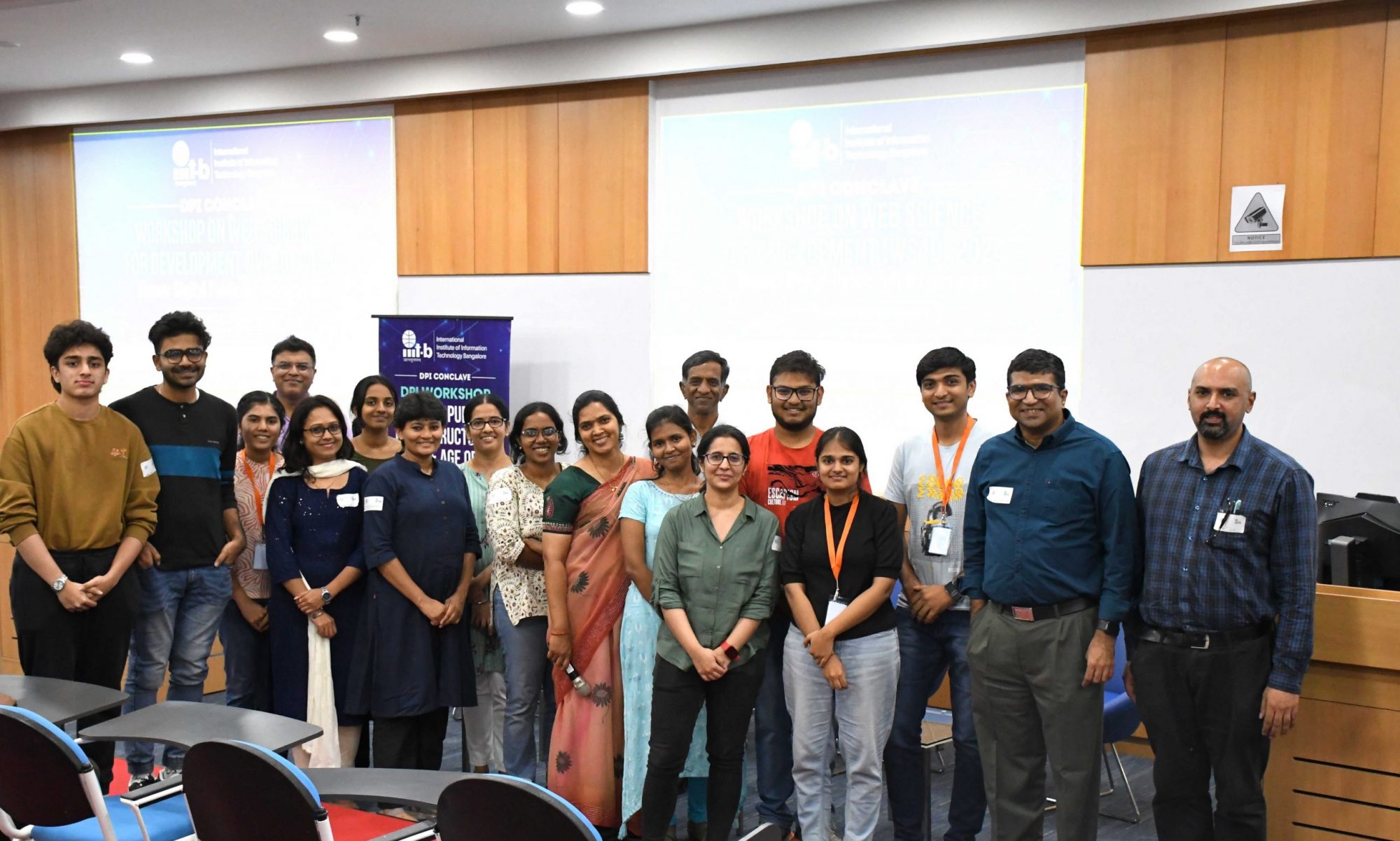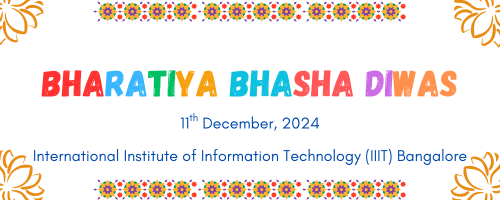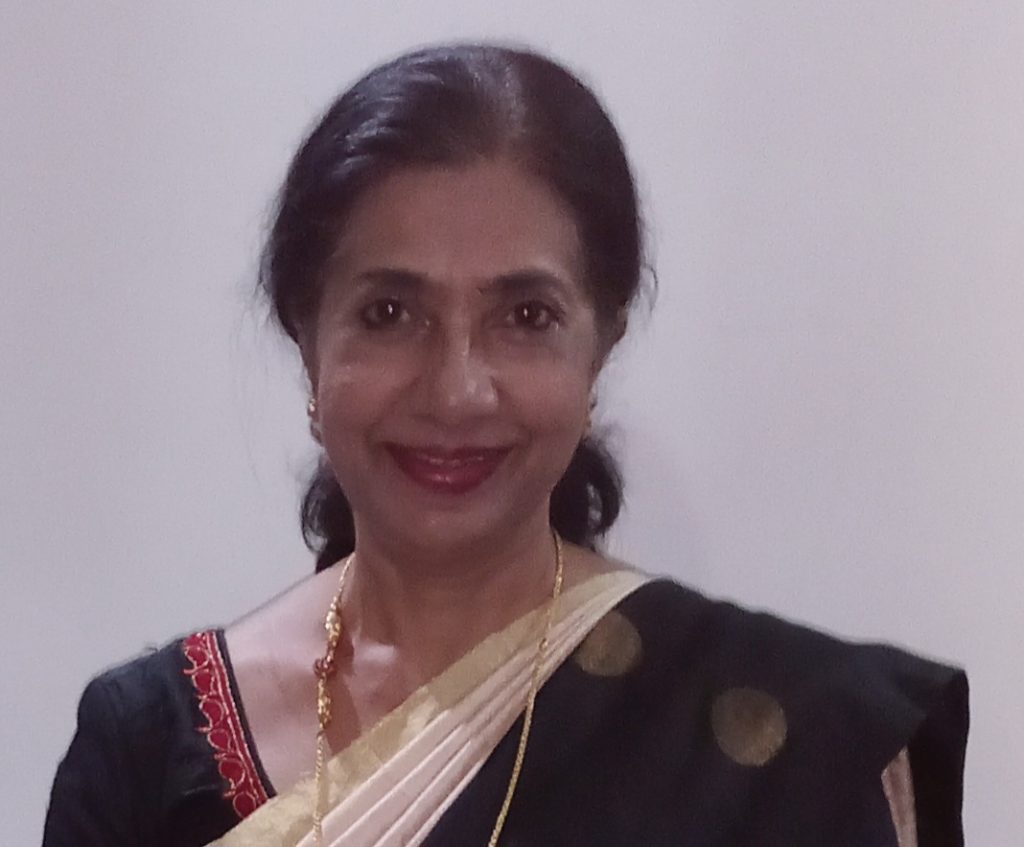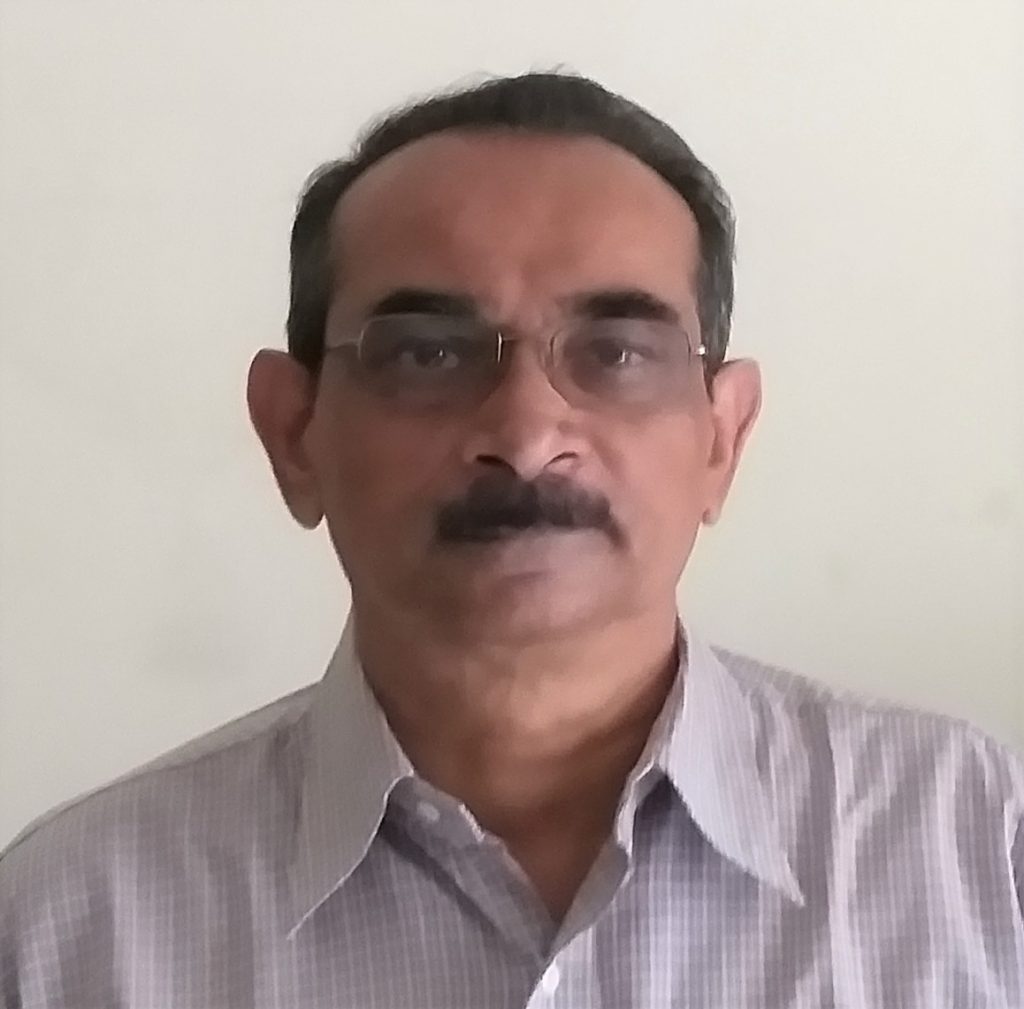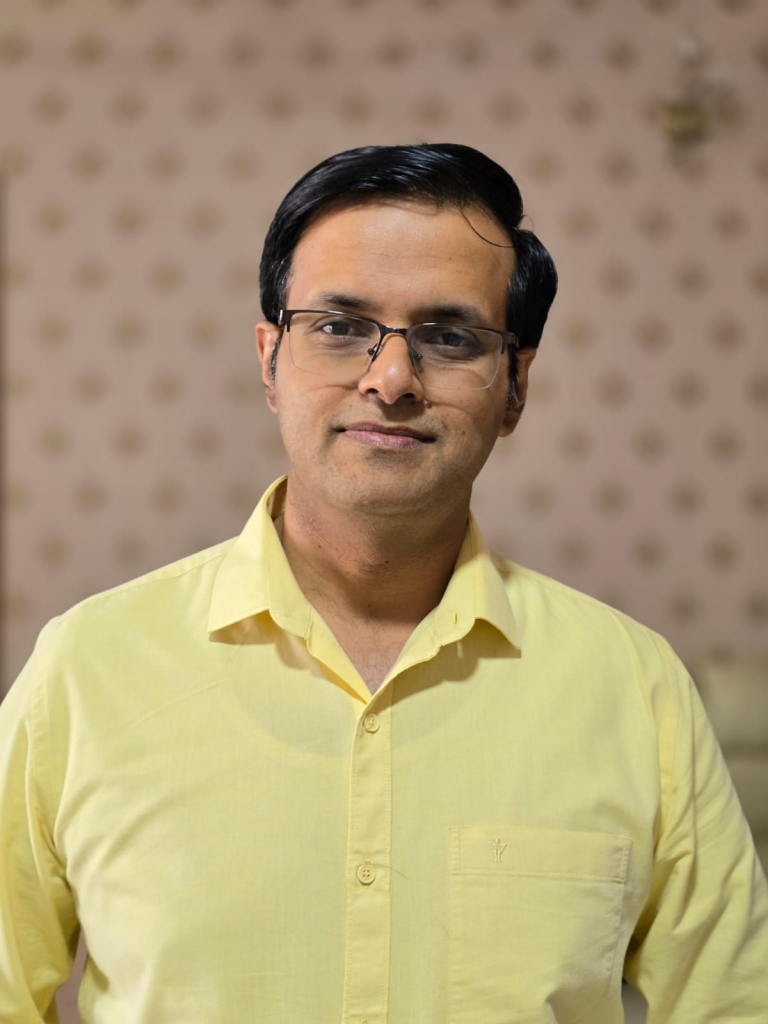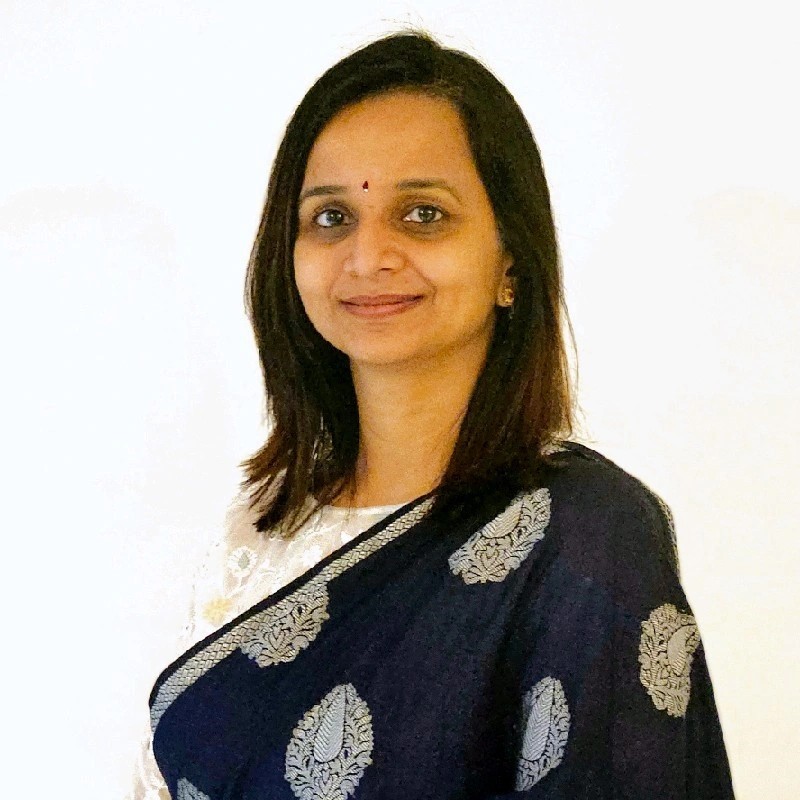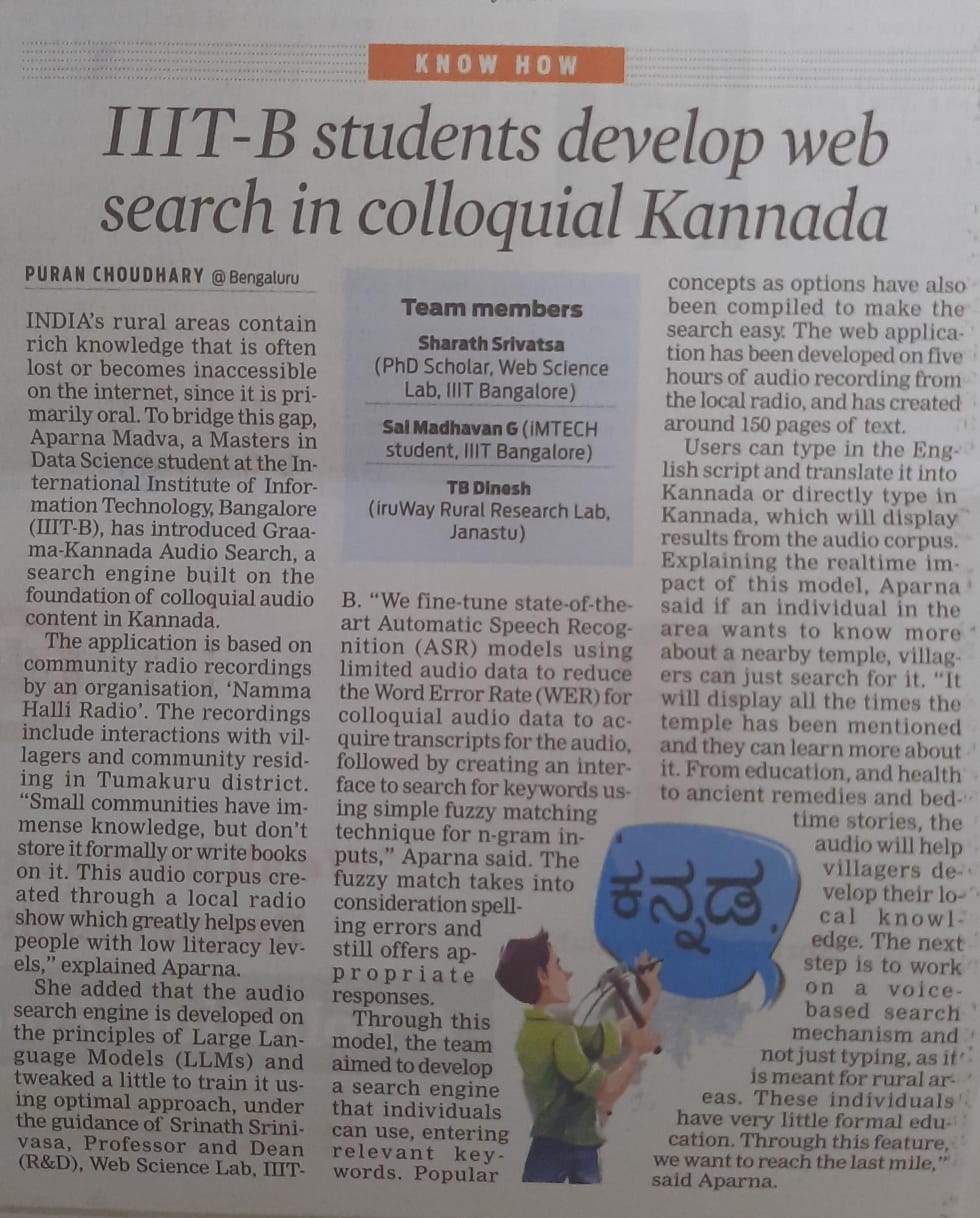The Sustainable Sandalwood Conference aims to spark discussion about interdisciplinary approaches to conserving sandalwood in South India.
Venue: Infosys Limited, Mysore
Infosys Rd, Hebbal Industrial Estate, Hebbal, Mysuru, Karnataka
Date: 30 April 2025
About the conference
For millennia, sandalwood has played an important role in Indian cultural, religious, and therapeutic practices. Long sought after as a prized perfumery material and fixative, a history of overharvesting and illegal logging has led to a dwindling sandalwood population in its original native range in South India. The disappearance of sandalwood over the past 30 years adds to the urgency of capturing relevant local knowledge about the tree from aging populations, as well as the importance of supporting preservation and renewed cultivation efforts. As a valuable resource, sandalwood cultivation in agroforestry could offer Indian farmers in semi-arid zones an important source of income.
The aim of the conference is to tackle the following questions:
1) What is the current population of sandalwood in South India, and what challenges are faced in conserving and cultivating the tree?
2) How can indigenous knowledge about sandalwood be captured to support broader cultural awareness, decision-making and cultivation practices?
3) How can community involvement support sandalwood conservation and cultivation?
Who should attend?
The sustainable sandalwood conference brings together design researchers, forestry experts, data scientists and archivists to reflect on ways in which we can capture and organize indigenous knowledge about sandalwood in South India and create conditions for community-based conservation and cultivation aimed at supporting the local population of the tree.
Organizers
| Dr Simon Niedenthal Professor of Interaction Design at the School of Arts and Communication (K3), Malmö University. Sweden | Dr Srinath Srinivasa Professor and Dean of Research and Development at the International Institute of Information Technology, Bangalore, India | Dr Shalini R. Urs Executive Director Emerita, International School of Information Management (ISiM), University of Mysore, Mysuru, India |
Agenda
| Time (IST) | Event / Talk | Speaker |
|---|---|---|
| 09:30 | Registration | |
| 10:00 | Welcome, Sandalwood and olfactory guardianship | Simon Niedenthal |
| 10:15 | Indian Sandalwood: A primer on scientific insights and conservation challenges | Arun Kumar |
| 10:45 | Traditional Uses Through the Scientific Lens: The Multifaceted Nature of Sandalwood | Dhanushka Hettiarachchi |
| 11:15 | Coffee | |
| 11:30 | Design strategies for capturing indigenous knowledge of precious forestry resources | Lizette Reitsma |
| 12:00 | AI, Storytelling, and Sandalwood | Srinath Srinavasa |
| 12:30 | Lunch | |
| 14:00 | The elephant in the Javanol store | Niklaus Mettler |
| 14:30 | Navigating the legal landscape around Sandalwood | Vasanthika Srinath |
| 15:00 | Algorithms to Forests: Building the New Conservation Blueprint for Sandalwood (Panel Discussion) | Moderator: Vasanthika Srinath |
| 16:00 | Citizen Science Approach to Building a Knowledge Repository for Sustainable Sandalwood: A Demo Project Using Epicollect5 | Shalini Urs |
| 16:30 | Closing Remarks High tea |
Speaker Introductions and Talks
Dr. Simon Niedenthal
Talk: Sandalwood and olfactory guardianship

Dr. Simon Niedenthal is a Professor of Interaction Design at the School of Arts and Communication (K3), Malmö University, Sweden. He is a member of the scientific committee of the Digital Olfaction Society and serves as a judge for the Experimental Uses of Scent category of the Arts and Olfaction perfume awards program. His research focuses on design-oriented game studies, particularly in the areas of game aesthetics, the sensory experience of gaming, and playtesting processes for innovative game design.
He has a diverse academic background, holding a BFA in photography from Art Center College of Design, an MA in Medieval English literature from the University of Toronto, and a Ph.D. in Interaction Design from Blekinge Institute of Technology. His 2008 doctoral thesis, “Complicated Shadows: the Aesthetic Significance of Simulated Illumination in Digital Games,” explored the impact of game lighting on player emotions and behavior.
Dr. Arun Kumar
Talk: Indian Sandalwood: A primer on scientific insights and conservation challenges
Indian sandalwood (Santalum album L.), an iconic species of India’s forestry, has played an intricate role in the culture and heritage of India. The heartwood is a choice material for artisans to carve handicrafts. The oil obtained from the steam distillation of heartwood is a prized possession in perfume industries. India was the highest producer of sandalwood and oil in the world until the early 1980s. It gradually lost its market due to the dwindling population in its natural habitat. The obvious reasons for this include the earlier monopolistic ‘Royal Tree’ status that sandalwood held. Considering all these, the International Union for Conservation of Nature has categorized Indian sandalwood as ‘vulnerable.’
The presentation provides a basic understanding of the research initiatives, morphological diversity, heartwood variability, and the inherent traits that result in species survival. The talk emphasizes that for conservation and sustained utilization of Indian sandalwood, integration of research, policy support, and community participation is crucial.
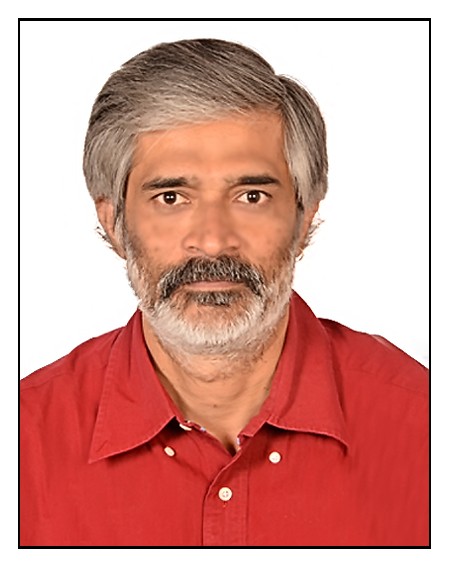
Dr. Arun Kumar A.N. is presently working at the ICFRE-Institute of Wood Science and Technology, Bengaluru, in the Silviculture and Forest Management Division as Scientist-G. He has over two decades of experience working on Indian sandalwood on various research aspects. He has carried out several projects that entailed extensive surveys in Karnataka, Tamil Nadu, and Kerala, as well as other sandalwood-growing areas in Andhra Pradesh, Orissa, Punjab, Uttarakhand, Chhattisgarh, and Madhya Pradesh.
He has been delivering several lectures on tree improvement in sandalwood at various forums and has been providing scientific inputs in promoting sandalwood cultivation. He was also an organizing member in conducting one national and one international conference on sandalwood. He is one of the editors of the book “Indian Sandalwood: A Compendium,” published by Springer Nature. Dr. Arun was also a member of Sandalwood Development Committee, constituted by the National Institution for Transforming India (NITI Aayog), a premier policy think tank of the Government of India.”
Dr. Dhanushka Hettiarachchi
Talk: Traditional Uses Through the Scientific Lens: The Multifaceted Nature of Sandalwood
Revered for millennia across Asia, especially the Indian subcontinent, Indian sandalwood’s medicinal use dates back to 2nd-century India in the Charaka Samhita for skin brightening, with numerous Asian texts later recognizing its wellness benefits. Its aroma is deeply rooted in religious rituals and personal perfumery, from 5th-century Brihat Samhita formulations to modern perfumery, its influence spreading westward.
Since the early 20th century, scientific investigation of sandalwood essential oil’s chemistry and aroma has elucidated its perfumery role. Over the last four decades, research expanded to its antimicrobial and antineoplastic properties, and more recently, its psychological and cosmetic relevance. Traditional claims of calming effects are now clinically substantiated, with demonstrated antioxidant and anti-inflammatory properties (aligning with Ayurvedic “shotahara”). Scientific findings also support its skin-brightening use by inhibiting melanogenesis (consistent with Ayurvedic “verneya”).
A significant discovery is a unique olfactory receptor responsive to santalols, sandalwood’s key aromatics. Found in the nose, skin, and hair follicles, this receptor initiates beneficial skin bioactivities. This presentation will explore scientific studies, including the author’s research, within the context of traditional uses, aiming to provide a comprehensive view of the enduring human-sandalwood relationship across millennia.
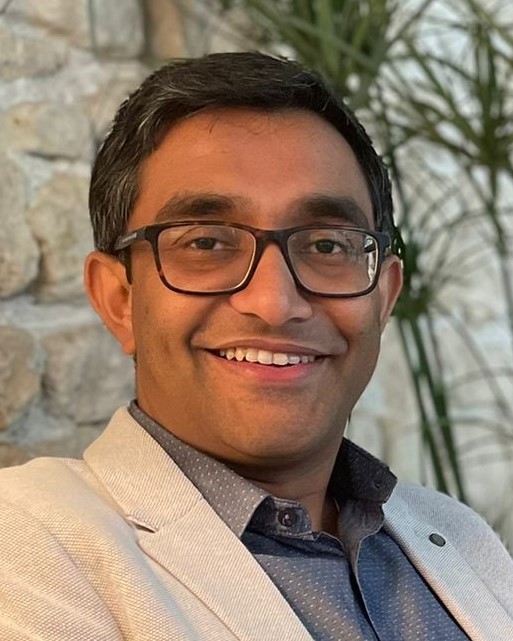
Dr. Dhanushka Hettiarachchi brings two decades of experience to his work as an independent consultant and research fellow at the University of Western Australia and Edith Cowan University. For eighteen years, he has specialized in the research, quality, and application of sandalwood and agarwood, consulting across the Indian subcontinent, Southeast Asia, and the Middle East, and previously working with Quintis Sandalwood Australia. His deep expertise lies in the chemistry and skincare applications of essential oils.
Holding a doctorate in Natural Products Chemistry, a Master of Pharmacy in Pharmacognosy from Curtin University, Australia, and a Bachelor’s degree in Pharmaceutical Sciences from Sri Ramachandra University, India, he is a Chartered Chemist with the Royal Australian Chemical Institute and a published author of numerous peer-reviewed articles and book chapters on essential oil chemistry and pharmacology. He is a member of the International Organization for Standardization (ISO) committee on essential oils and was the lead author of the most recent ISO standard for sandalwood oil. He also serves as the technical expert on sandalwood for the State of Western Australia and chairs the Technical Committee of the Australian Society of Cosmetic Chemists. Outside of his professional life, he is an enthusiastic amateur instrumentalist in Hindustani classical music and enjoys exploring flavors in his spare time.
Lizette Reitsma
Talk: Design strategies for capturing indigenous knowledge of precious forestry resources
This presentation delves into the Indigenous Climate Observatory project, which aims to support local action through the utilisation of local knowledge. The project is currently running in multiple countries, fostering collaboration among local communities, researchers, and other stakeholders. Each observatory focused on a distinct focus area based on the needs of the local communities, and the expertise of the local researchers, resulting in the development of unique and specialised initiatives.
In this presentation, Lizette Reitsma will focus on the observatories in Eswatini, which centred on the Pepperbark tree, a medicinal plant facing imminent extinction due to overharvesting and poaching. Through collaborative efforts with local communities and researchers, Reitsma identified actionable steps to preserve the tree at the local level and mapped its population distribution.
Community members identified specific areas requiring support, which were addressed during community gatherings where other stakeholders were introduced to the communities. To create an inclusive meeting space that welcomes diverse knowledge, participatory design methods were employed. One such method, which Reitsma will elaborate on in detail, is design probes. This approach is also being utilised to initiate joint inquiries into Sandalwood in India during her current visit.
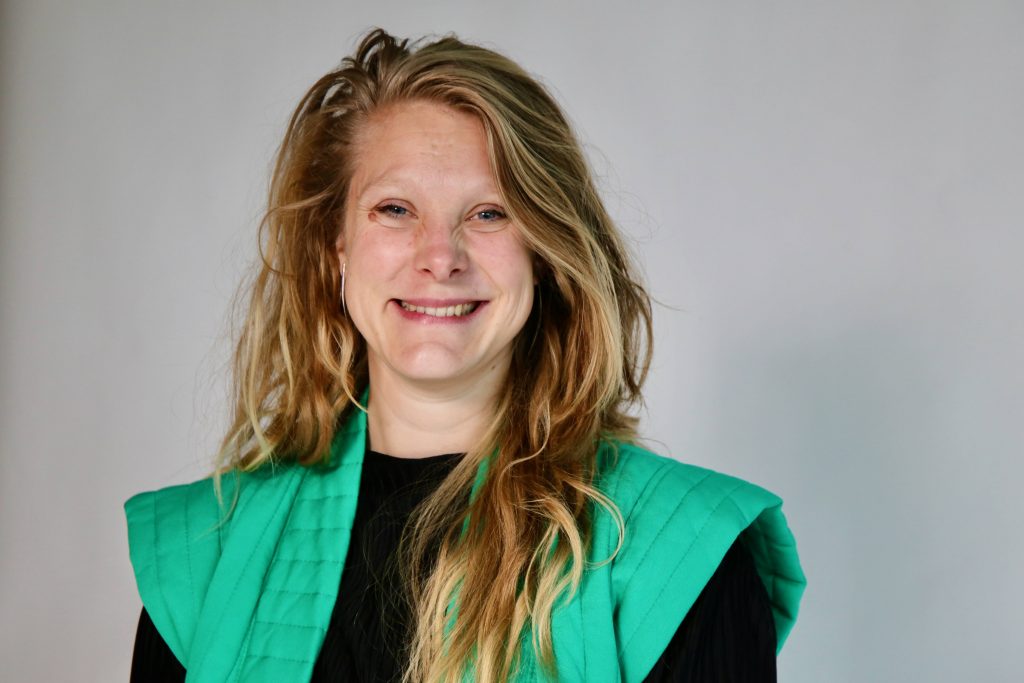
Lizette Reitsma is an Associate Senior Lecturer in Design for Sustainability and Social Change at Malmö University. She is part of Malmö University’s Collaborative Future-Making Platform. She collaborates with different (Indigenous) communities in various regions, using participatory design and research-through-design methods to bridge different knowledge systems and worldviews.
Her research focuses on the role of design in fostering a more just and flourishing world, with a particular interest in democratizing the sustainability debate. She explores how design can incorporate sensitivities like humbleness and respect towards diverse knowledge systems. Her current project: Indigenous Climate Observatories – Local Knowledge for Local Action, involves Indigenous communities in Eswatini and local researchers around the Pepper-bark tree, Warburgia salutaris; an endangered and culturally important plant, like Sandalwood.
Dr. Srinath Srinivasa
Talk: AI, Storytelling, and Sandalwood
This talk introduces our research into using AI for studying storytelling and narratives– that in turn form the key foundations of our knowledge and worldview. We explore different contributions made in this area, and connect it to the question of managing knowledge about Sandalwood along its variegated perspectives.
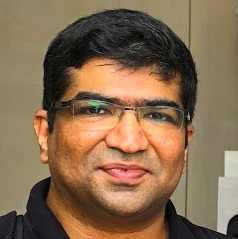
Prof. Srinath Srinivasa heads the Web Science lab and is the Dean (R&D) at the International Institute of Information Technology – Bangalore (IIITB), India. Srinath holds a Ph.D (magna cum laude) from the Berlin Brandenburg Graduate School for Distributed Information Systems (GkVI) Germany, an M.S. (by Research) from Indian Institute of Technology – Madras (IITM) and B.E. in Computer Science and Engineering from The National Institute of Engineering (NIE) Mysore.
His research interests are in the area of Web Science– understanding how the WWW is affecting humanity; and how the web can enable social empowerment and capability building. Srinath has participated in several initiatives for technology enhanced education including the Edusat program by the Vishveshwaraiah Technological University, The National Programme for Technology Enhanced Learning (NPTEL), a Switzerland based online MBA school called Educatis, and IIITB’s educational outreach program with Upgrad. He has served on various technical and organizational committees for international conferences like International Conference on Weblogs and Social Media (ICWSM), ACM Hypertext, International Conference on Management of Data and Data Science (COMAD/CoDS), International conference on Ontologies, Databases and Applications of Semantics (ODBASE), International Conference on Big Data Analytics (BDA), ACM Web Science, etc. As part of academic community outreach, Srinath has served on the Board of Studies of Goa University and as a member of the Academic Council of the National Institute of Engineering, Mysore. He has served as a technical reviewer for various journals like the VLDB journal, IEEE Transactions on Knowledge and Data Engineering, and IEEE Transactions on Cloud Computing. He has also served as an Associate Editor of the journal Sadhana from the Indian Academy of Sciences. He is also the recipient of various national and international grants and awards, from foundations and companies like: EU Horizon 2020, UK Royal Academy of Engineering, Research Councils UK, MEITy, DST, Siemens, Intel, Mphasis, EMC and Gooru. Currently, Srinath also heads the AI initiative for the “Karnataka Data Lake” project by the Planning Dept of the Govt of Karnataka, to promote data and evidence-based planning and decision-making.
Niklaus Mettler
Talk: The elephant in the Javanol store
The love for Sandalwood is highly used and treasured, but how do we preserve it best? The independent scent designer Niklaus Mettler, will be sharing his relationship with Sandalwood. Mettler is connected to a growing network of olfactory artists and niche perfumers – who create work mostly outside the infrastructure of major perfume producers – who have become dependent on third-party raw material suppliers. This provides limited access to the actual quality of precious raw materials – such as natural Sandalwood oil – as well as a paradox within perfume training. Mettler will talk about his own experiences, and how he relates to the current development and use of sandalwood in mainstream fragrances. By establishing a more mindful practice in respect to this praiseworthy tree, the lecture will focus on how ethical and aesthetic motives impact the use of synthetic and natural materials.
Niklaus Mettler (b. 1986, Langnau, Switzerland) who has a background in visual communication has transitioned into the field of perfumery in 2014. Mettler is trained at GIP (Grasse Institute de Parfumerie) and the IAO (Institute of Art and Olfaction) in Los Angeles. In 2016 Mettler established an independent practice as scent designer and olfactory artist with the house for experimental perfumery, In’n’out Fragrances. He has collaborated with numerous international artists (Aaro Murphy, Xzavier Stone, PRICE) and as well as institutions such as MUDAM Luxenbourg, Kunsthaus Biel and Trauma Bar Berlin.
Mettler experiments with several production sectors such as fine fragrance, incense, room fragrances with a critical approach on the ‘french tradition’. This has fostered a wide range of work relationships, including commercial brands as Jacquemus or Balenciaga, and ongoing collaborations with artists like Aaro Murphy and PRICE. In 2024, he co-founded AirSolutions with Mathias Ringgenberg, specializing in scent for spatial settings.
His ongoing research PORTALS is an archive of preserved historic scents from architectural spaces that have undergone shifts in their functions for society.
Shalini R. Urs
Citizen Science Approach to Building a Knowledge Repository for Sustainable Sandalwood: A Demo Project Using Epicollect5
“Mysore Sandalwood is not just a tree. It is memory, tradition, livelihood, and legacy — all living and breathing together”
Sandalwood, revered for its sacred fragrance, medicinal virtues, and cultural resonance, has held a central place in Indian civilization since antiquity. It is more than just a tree, fragrance, or handicraft; it represents a living tradition, spiritual inspiration, and source of livelihood. India, particularly Karnataka and the Mysore region, is renowned for high-quality Santalum album. Mysore sandalwood, celebrated for its superior oil quality and its central role in religious rituals, temple traditions, and royal ceremonies, is a symbol of heritage and prestige. Prized for its aromatic heartwood and essential oils, Santalum album is a culturally and economically significant species facing sustainability challenges due to overharvesting, habitat loss, and illegal trade.
The Mysore region also fostered a thriving sandalwood-based handicrafts industry, producing intricate artifacts that embody centuries of artisanal skill and cultural continuity. However, this timeless memory and the livelihoods of hundreds of thousands of people face challenges, including the current crisis compounded by overharvesting, poaching, habitat degradation, market pressures, over- and under-regulation, and the slow fading of traditional knowledge, threatening both the biological sustainability of sandalwood and the intangible cultural traditions linked to it. This presentation attempts to address these challenges and proposes a technological solution.
This presentation demonstrates a citizen science-based approach to safeguarding sandalwood heritage by building a dynamic, living knowledge repository. Citizen science offers a powerful means of democratizing knowledge creation, making communities active participants rather than passive subjects in research and conservation. By engaging the public in scientific research, it enables large-scale, diverse, and continuous data collection, enhancing data quality, increasing public awareness, and empowering local communities, while fostering a deep sense of ownership, pride, and shared responsibility among stakeholders. For example, projects like eBird, Bird Count India, the Christmas Bird Count, the Seasonwatch, have demonstrated the effectiveness of citizen science in gathering extensive ecological data over large geographical areas. The demo project showcases how we can engage farmers, forest rangers, artisans, and local communities not only in systematic field data collection—capturing images, videos, audio observations, and GPS-tagged locations using the mobile-based Epicollect5 platform—but also in documenting oral histories and traditional ecological knowledge related to sandalwood cultivation, protection, ritual use, and artisanal practices.
By integrating scientific field data with oral narratives and indigenous wisdom, the proposed project aims to create a holistic knowledge base that preserves both tangible and intangible aspects of the sandalwood ecosystem. This citizen-driven model fosters community stewardship, supports scientific research, strengthens sustainable practices, and revitalizes cultural memory. The presentation will outline the proposed project design, participatory data collection methodology, possible outcomes, and reflections on the role of citizen science in linking biodiversity conservation with cultural heritage preservation.
References
· Agrawal, A. (1995). Dismantling the divide between indigenous and scientific knowledge. Development and Change, 26(3), 413-439.
· Ballard, H. L., Robinson, L. D., Young, A. N., et al. (2017). Contributions of citizen science to knowledge exchange: A review of citizen science initiatives in Indigenous and local communities. Biological Conservation, 208, 70-81.
· Bonney, R., et al. (2009). Citizen Science: A developing tool for expanding science knowledge and scientific literacy. BioScience, 59(11), 977-984.
· Epicollect5 Official Website: https://five.epicollect.net/
· Haklay, M. (2013). Citizen Science and volunteered geographic information: Overview and typology of participation. In Crowdsourcing Geographic Knowledge.
· Kannabiran, B., & Kannan, R. (2010). Pharmacological potential of Santalum album L – A review. Research Journal of Medicinal Plants, 4, 79-86.
· Krishnan, P. (2005). Handicrafts of Karnataka. Directorate of Industries and Commerce, Karnataka. · Mysore Sandalwood St
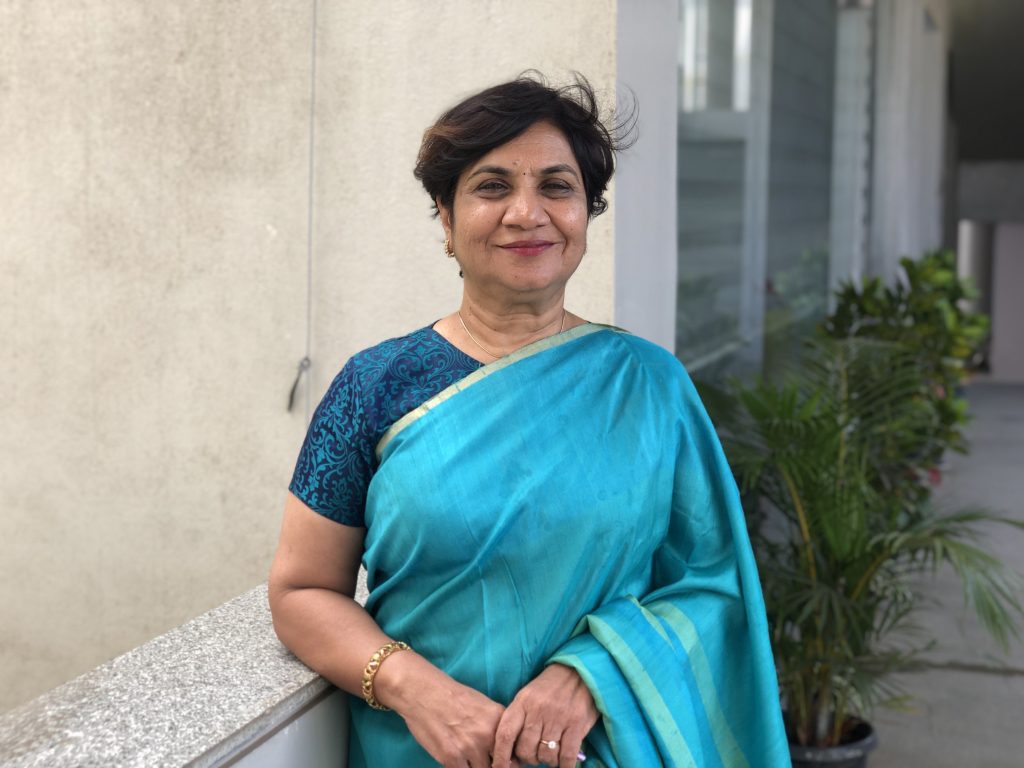
Dr. Shalini Urs is an internationally recognized academic leader and institution builder with over 44 years of experience in higher education.She began her career at the University of Mysore in 1976 and retired in 2016, during which time she founded two academic institutions — the International School of Information Management (ISiM) at the University of Mysore and the MYRA School of Business in Mysuru.
Her expertise spans digital scholarship, e-learning, digital libraries, ontology development, and social network analysis. A pioneer of digital initiatives in India, Dr. Urs spearheaded the Electronic Theses and Dissertations (ETD) movement and established the Vidyanidhi Digital Library and eScholarship Portal, among other landmark projects.
She is a sought-after speaker on a broad range of topics around digitally enabled scholarship, including digital libraries, eScience and Open Science, and social network analysis, and serves as a consultant for a variety of academic initiatives.
Dr. Urs has been recognized with numerous honors, including:
· Mortenson Distinguished Lecturer, University of Illinois, Urbana-Champaign (2010)
· Networked Digital Library of Theses and Dissertations (NDLTD)–Adobe Leadership Award (2004)
· Emerald Research Fund Award (2007)
· Fulbright Scholar (2000–2001)
Currently, Dr. Urs hosts InfoFire, a podcast series presented by Information Matters and ASIS&T. InfoFire is a pioneering hybrid format blending biography and scholarship, aiming to illuminate the personal, intellectual, and societal currents that shape our evolving information landscape. To date, she has published 24 episodes of the series.
Expected Outcomes
- Expand our understanding of the challenges of cultivating and conserving sandalwood trees.
- Begin to shape initial ontologies for a knowledge base about sandalwood.
- Begin to identify local communities in which to conduct fieldwork accessing indigenous knowledge about sandalwood.
